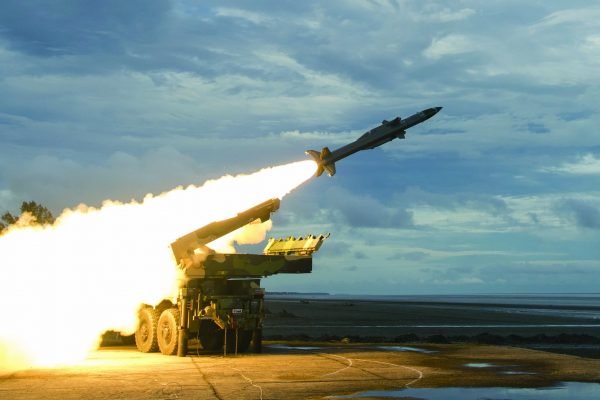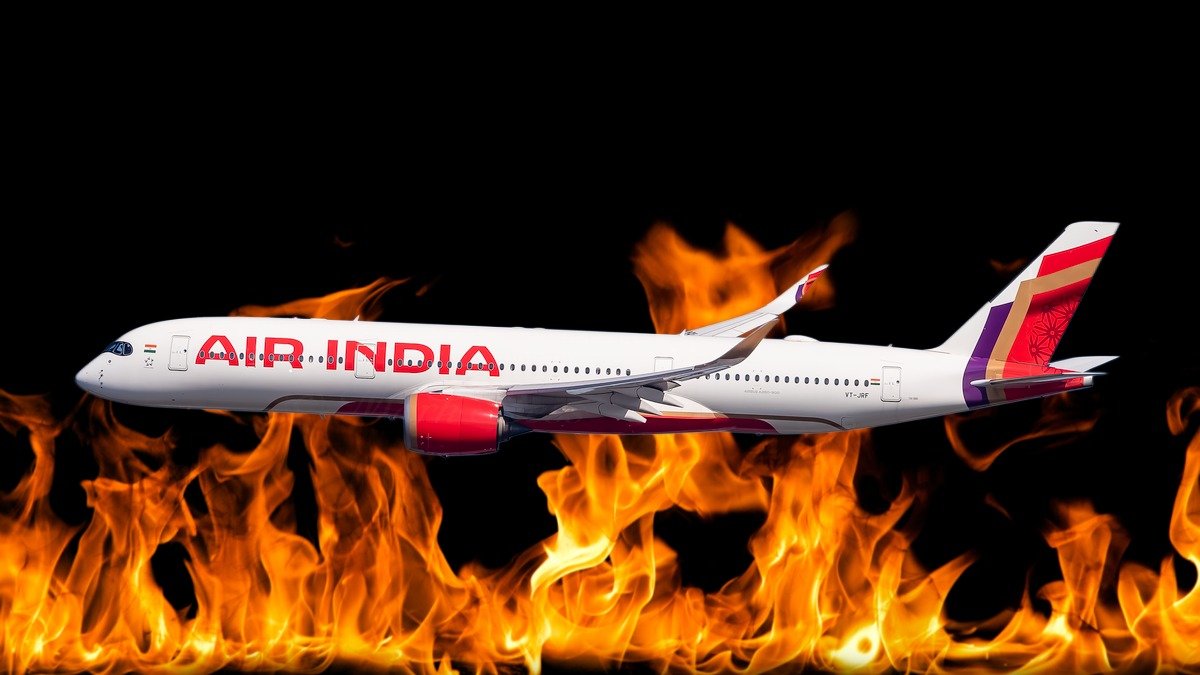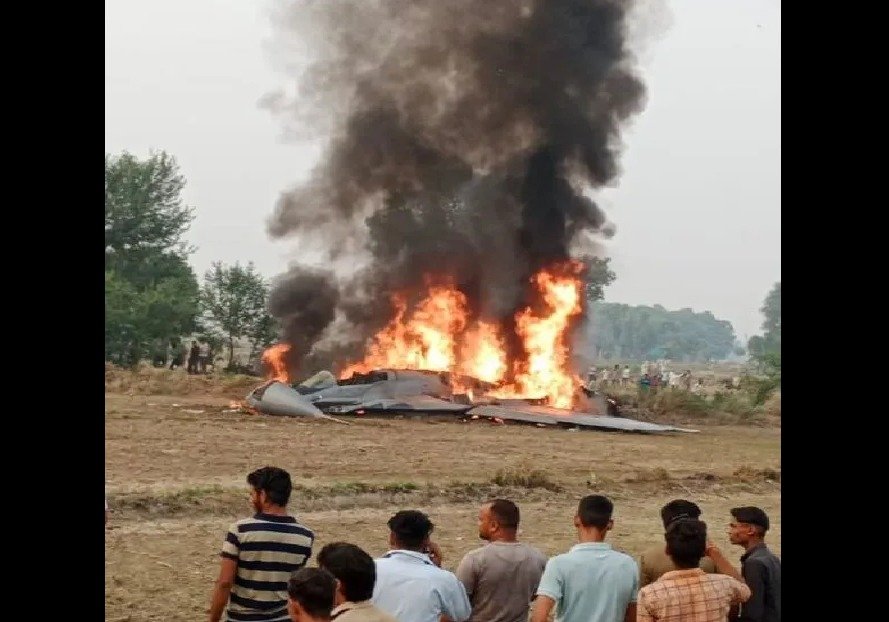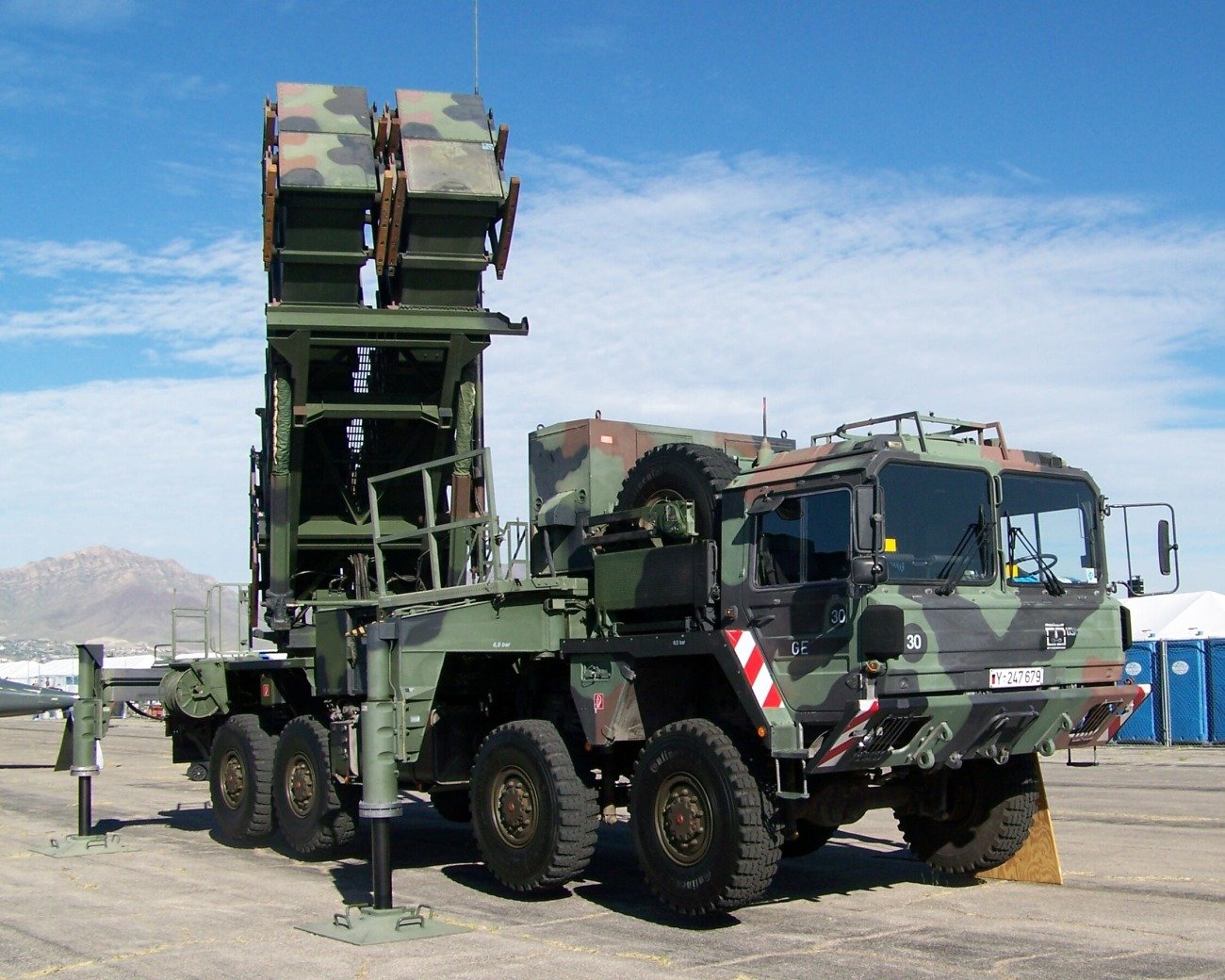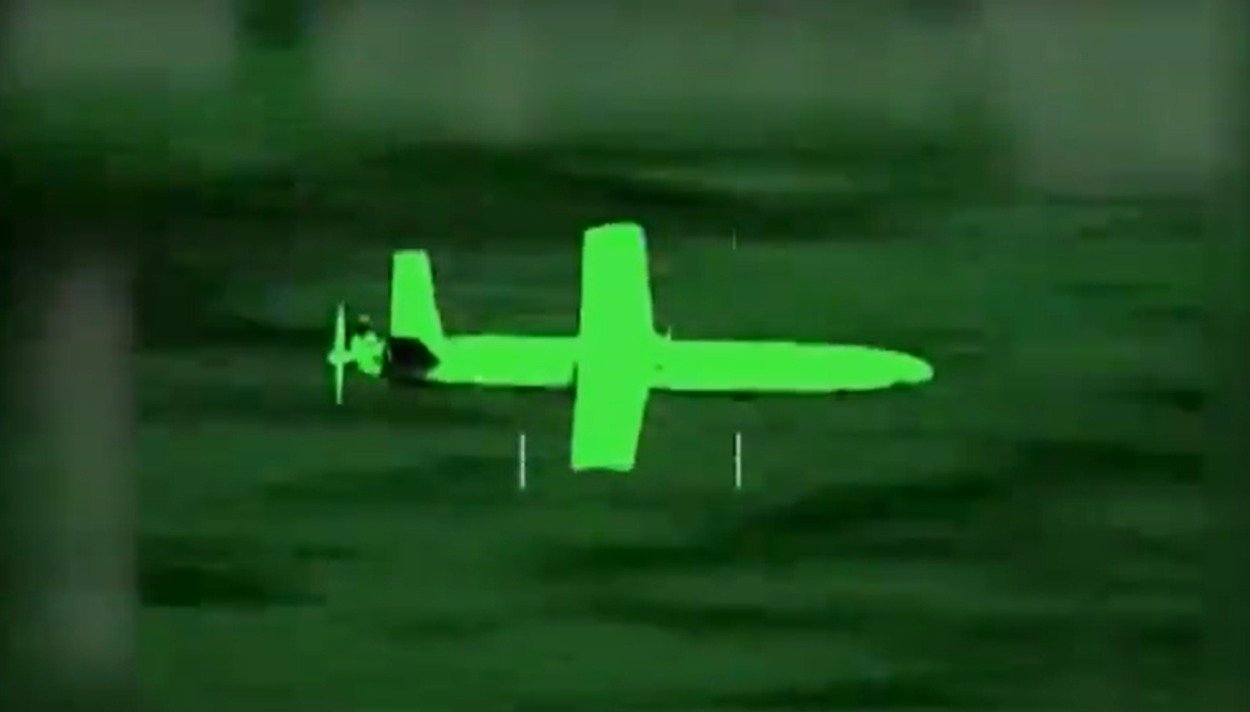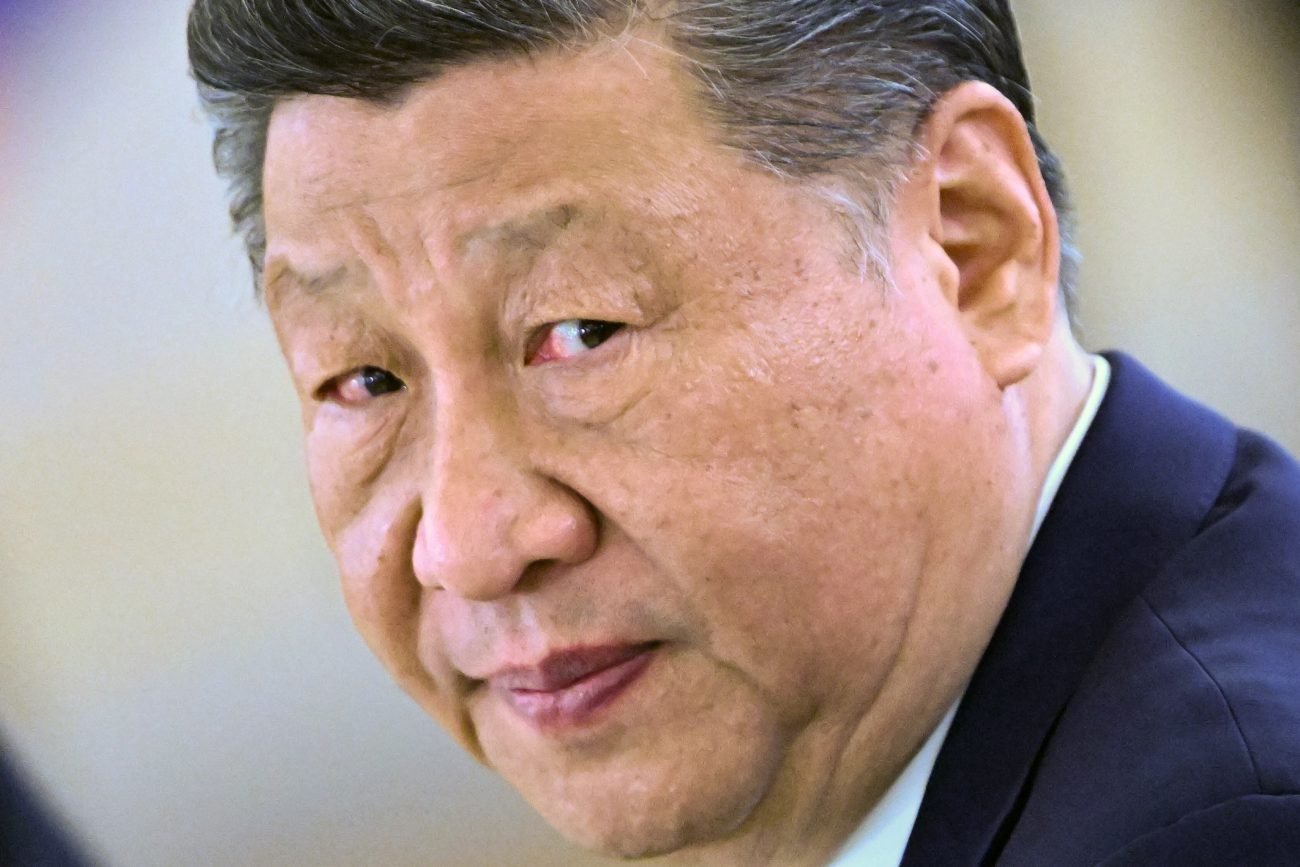Both India and China have been attempting to “seize” the lucrative Latin American defense market. However, the two Asian giants will have to wait longer, as this region has traditionally been considered the US backyard.
Earlier, Argentina decided to procure 24 used Danish F-16s after exploring the Indian LCA Tejas and Chinese JF-17 Thunder fighter aircraft for years. At that time, it was said that the US’s strong-arm tactics influenced the decision in favour of used and old F-16s over similarly priced Indian and Chinese fighter jets.
However, this time, the hurt in New Delhi and Beijing is more personal, as the rejection is coming from a fellow BRICS member state, Brazil.
After exploring Indian and Chinese surface-to-air missiles for years, Brazil has reportedly rejected both in favor of pursuing the offer by the European company MBDA.
Brazil’s Pursuit Of SAM
Brazil has been pursuing a Medium-Altitude/High-Altitude Air Defense Artillery System since November 2023, when the Brazilian Army issued a Request for Quote (RFQ). A second RFQ was issued in February 2024 for additional information.
The Indian Akash Surface-to-Air Missile (SAM) system was competing against Chinese-made Sky Dragon-50 air defense systems.
A Brazilian Army delegation visited China in 2023 for a live-fire demonstration of the Sky Dragon 50 or Tianlong-50 and the SH15 self-propelled howitzer, both produced by China North Industries Corporation.
Similarly, Brazilian military chief General Tomas Miguel Mine Ribeiro Paiva witnessed a live demonstration of India’s Akash Air Defense Missile System in August 2023. He was also shown other Indian-made defense platforms, including the Arjun tanks and versatile Advanced Light Helicopter (ALH) Dhruv helicopters.
However, despite these live-fire demonstration tests, Brazil has reportedly halted negotiations with India to acquire the Akash missile system. Instead, according to Brazilian media, the country is now pursuing a deal with European defence company MBDA for its Enhanced Modular Air Defence Solutions (EMADS).
So, why did Brazil drop Akash after witnessing live-fire demonstrations, and especially after its stellar performance in the India-Pakistan four-day war in May? According to Indian government sources, Akash’s kill ratio during that brief war was 100 percent.
Why Did Brazil Drop Akash?
While no official version is available, the media reports in Brazil, quoting Brazilian Army sources, suggest that a host of reasons, among them India’s reluctance to offer the latest, more advanced version of Akash-NG, outdated technology, performance, and reliability concerns, limited range, and strategic preference for NATO-proven systems, sealed the fate of both Akash, as well as the Chinese Sky Dragon 50.
CNN Brasil quoted an Army official, saying that Brazil is negotiating a R$5 billion (around USD 920 million) deal for MBDA’s EMADS system. The system includes the Common Anti-Air Modular Missile – Extended Range (CAMM-ER), which has a range of over 40 km. In comparison, India’s Akash missile system has a range of 25–30 km.
Furthermore, Brazil concluded that NATO-proven systems will be more reliable than Indian or Chinese SAMs.
The EMADS system has already been deployed by the British Army since 2018 under the Land Ceptor program. It has also been integrated into Poland’s air defense.
“The impasse reportedly arose because Indian companies insisted on selling Brazil an earlier version of the Akash system, which, although using indigenous technology, is considered less advanced than the newer model, developed in cooperation with Israeli companies,” a local Brazilian media outlet, Forcas Terres Res, reported.
“They wanted to push a more outdated system, without foreign technological input,” a source close to the negotiations told the Brazilian media outlet.
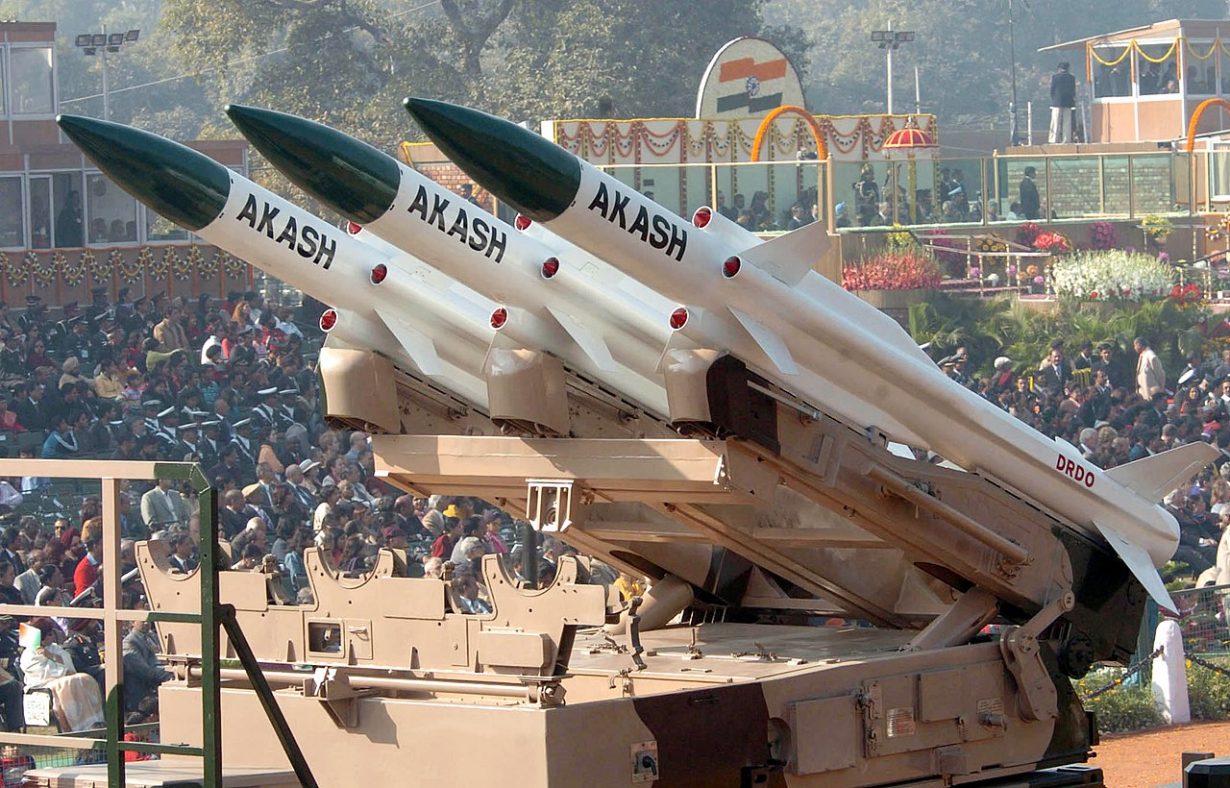
Another local Brazilian media outlet, Defesanet, reported that the talks stalled because Bharat Dynamics Limited (BDL) and Bharat Electronics (BEL) — the Indian companies that produce the Akash system — wanted to sell a previous-generation air defense system.
“The most current, cutting-edge system uses Israeli technology. The Indians, according to these sources, prefer to negotiate with Brazil with a more outdated system whose intellectual property is entirely their own,” Defesanet reported.
Another crucial factor working in EMADS’ favor was the possibility of local production and technology transfer.
Notably, the EMADS is part of the same family of surface-to-air missiles planned to equip the Tamandaré-class frigates, currently under construction in Itajaí, Santa Catarina, for the Brazilian Navy.
“For the Brazilian military, this coincidence opens the door to facilitating logistical support, personnel training, and even potential agreements for local production of the missiles, expanding the national defense industrial base,” the report said.
CNN Brasil reported that Brazil is also interested in facilitating the sale of KC-390 military transport aircraft, manufactured by Embraer, to the Italian government.
A combination of these factors led Brazil to decide to halt its talks with India for the Akash SAM system and pursue negotiations with Italy for the EMADS system.
However, Brazil’s rejection of the Indian Akash SAM system and Chinese Sky Dragon 50 means that India and China will have to wait longer to win the emerging arms market in Latin America.
Notably, earlier, India’s LCA Tejas failed to make the cut in Argentina despite strong interest. Similarly, India’s Dhruv helicopter was pitched to several Latin American countries, including Chile, Peru, and Ecuador, for roles in transport, search and rescue, and light attack missions.
However, Dhruv’s chances sank after its disappointing track record in Ecuador. The country initially purchased the chopper; however, it terminated its deal with India’s state-controlled Hindustan Aeronautics Limited (HAL) after multiple crashes.
Similarly, Chinese defense platforms, such as the MBT-2000 Main Battle Tank and H-425 Helicopter, evoked strong interest in Peru and Bolivia, respectively. However, they also failed to make the cut.
It appears that India and China will need to work harder to win the Latin American defense market. For now, Venezuela remains the largest buyer of Chinese weapons in Latin America, according to SIPRI data.
- Sumit Ahlawat has over a decade of experience in news media. He has worked with Press Trust of India, Times Now, Zee News, Economic Times, and Microsoft News. He holds a Master’s Degree in International Media and Modern History from the University of Sheffield, UK.
- VIEWS PERSONAL OF THE AUTHOR.
- He can be reached at ahlawat.sumit85 (at) gmail.com
